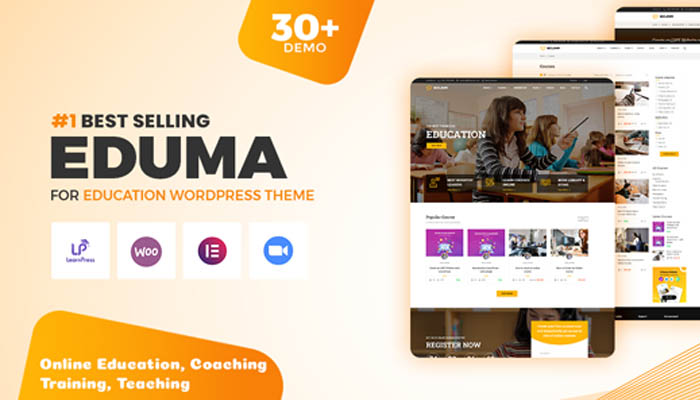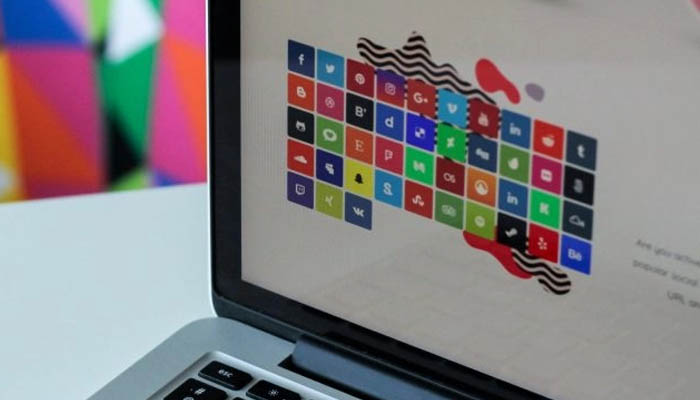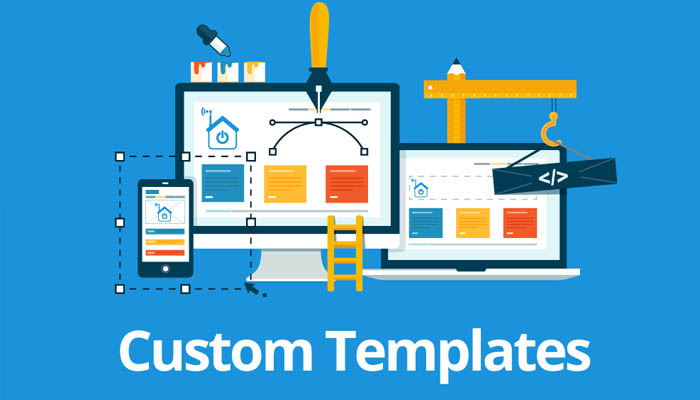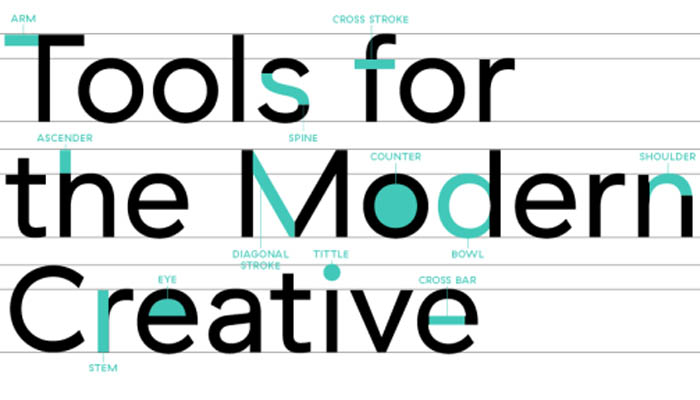
Web designers looking to expand their skill set often find that learning how to develop and customize WordPress themes is a valuable addition to their toolkit. WordPress powers a significant portion of the web, and the ability to create custom themes allows designers to offer more comprehensive services to clients. A specialized WordPress theme course for web designers focuses on blending design principles with the technical aspects of theme development, enabling designers to create beautiful, functional, and responsive websites. This article will explore what such a course typically covers and how it can enhance your capabilities as a web designer.
Understanding WordPress Theme Structure
For web designers, understanding the structure of a WordPress theme is the foundation of creating custom designs. A good course will start by explaining the anatomy of a theme, including the role of templates, stylesheets, and functions. You’ll learn how themes interact with WordPress’s core files and how to navigate the WordPress file hierarchy. This knowledge is essential for designing themes that are both visually appealing and technically sound.
Integrating Design Principles into WordPress Themes

A course for web designers will emphasize the importance of integrating core design principles, such as typography, color theory, and layout, into WordPress themes. You’ll learn how to translate your design mockups into fully functional themes, ensuring that your designs are not only aesthetically pleasing but also user-friendly. This includes understanding how to create themes that are responsive, accessible, and optimized for user experience. Mastering the integration of design principles with WordPress development is key to producing professional-grade themes.
Customizing Themes with CSS and Sass
As a web designer, you’re likely already familiar with CSS, but a WordPress theme course will take your skills to the next level by teaching you how to use CSS and Sass specifically for WordPress. You’ll learn how to structure your stylesheets for easy maintenance, create reusable style patterns, and use Sass to enhance your CSS workflow with variables, mixins, and nesting. This section of the course will also cover best practices for ensuring your styles are responsive and compatible across different browsers.
Creating Custom Page Templates

Custom page templates are a powerful way to offer unique designs for different types of content on a WordPress site. A course tailored for web designers will teach you how to create and implement custom templates for pages, posts, and custom post types. You’ll learn how to design templates that meet specific client needs, such as landing pages, portfolio sections, or blog layouts, while ensuring consistency with the overall theme design. Custom templates allow you to offer more personalized and versatile designs to your clients.
Enhancing Design with Custom Fields and Meta Boxes
To give your WordPress themes added functionality, you can use custom fields and meta boxes to add design-specific data. A WordPress theme course for web designers will guide you through the process of creating and using custom fields and meta boxes to control aspects of your design, such as featured images, custom headers, or unique page elements. This ability to add custom data to your themes enables you to offer more tailored and dynamic designs, enhancing the user experience.
Implementing Advanced Typography

Typography is a crucial element of web design, and a WordPress theme course for designers will delve into advanced typography techniques. You’ll learn how to integrate web fonts, manage typographic hierarchy, and ensure legibility across different devices and screen sizes. The course will also cover how to use CSS to style text and implement responsive typography, ensuring that your designs maintain their visual integrity on all platforms. Advanced typography skills are essential for creating polished and professional WordPress themes.
Designing for WordPress’s Block Editor
The WordPress block editor, also known as Gutenberg, has transformed how content is created and managed within WordPress. A course for web designers will teach you how to design themes that fully integrate with the block editor, allowing users to create and arrange content using blocks. You’ll learn how to style default blocks, create custom blocks, and ensure that your themes provide a seamless experience for users working with the block editor. Understanding how to design for Gutenberg is crucial for creating modern and flexible WordPress themes.
Testing and Optimizing Your Theme Design

A well-designed theme is not just about looks; it’s also about performance. A WordPress theme course for web designers will cover how to test your theme for responsiveness, speed, and cross-browser compatibility. You’ll learn how to optimize images, manage file sizes, and use tools like Google PageSpeed Insights to ensure your theme is both fast and efficient. Additionally, the course will teach you how to debug design issues and ensure that your theme meets WordPress coding standards. Testing and optimization are key to delivering high-quality themes that perform well in the real world.
Conclusion
A WordPress theme course for web designers offers a comprehensive blend of design and development skills, empowering you to create custom themes that are both beautiful and functional. From understanding the structure of WordPress themes and integrating design principles to mastering CSS, creating custom templates, and designing for the block editor, this course covers all the essential aspects of theme development for designers. By expanding your skill set to include WordPress theme development, you’ll be able to offer more versatile and complete web design services, setting yourself apart in a competitive industry. Whether you’re designing for clients or your projects, mastering WordPress theme development will enhance your ability to create stunning, user-friendly websites.
